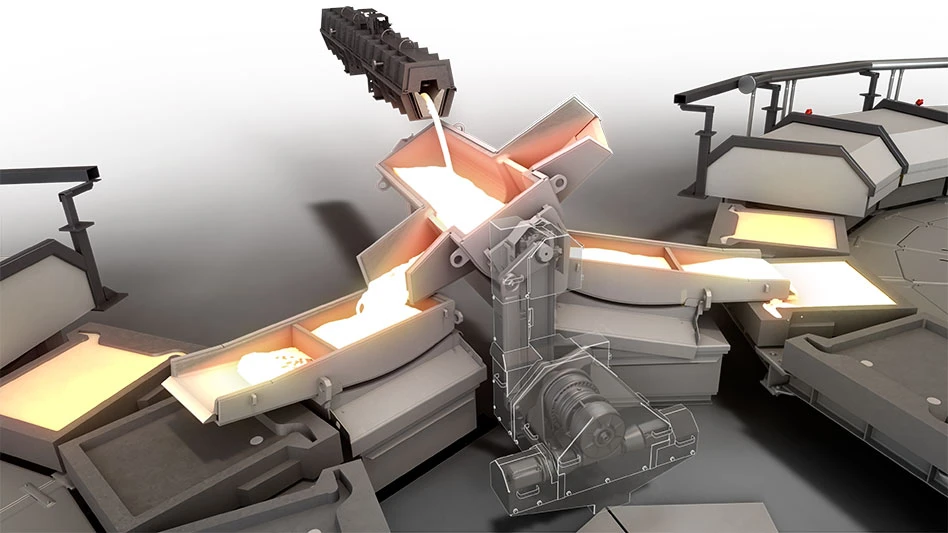
photo courtesy Dreamstime
Earlier this month, President Joe Biden issued Executive Order 14036, which paves the way for new regulations for original equipment manufacturers (OEMs). The order directs the Federal Trade Commission (FTC) to draft regulations that limit OEMs’ ability to restrict independent repairs of their products.
According to a news release from the administration, the goal of the directive is to increase competition and stimulate the U.S. economy. One of the directive’s primary goals is to make it easier and cheaper to repair items you own by limiting manufacturers from barring self-repairs or third-party repairs of their products.
“Tech and other companies impose restrictions on self and third-party repairs, making repairs more costly and time-consuming, such as by restricting the distribution of parts, diagnostics and repair tools,” the order states.
The order encourages the FTC to issue rules against anti-competitive restrictions on using independent repair shops or doing DIY repairs of your own devices and equipment. This will make it easier to ensure electronics can be repaired or refurbished through third-party firms instead of having to go to the manufacturer for parts and service. The new restrictions could also lower the cost of repairs for some devices.
Right now, it’s unclear what these regulations will look like or when they will be enacted.
Groups like the Public Interest Research Group (PIRG) have argued that tech companies should have better options to repair their devices. However, OEMs have argued that allowing third-party companies to repair their devices could pose a security and safety risk to both the company and the consumer.
This directive comes after the FTC released a 54-page report that sides with right-to-repair advocates. The report highlights that lower-income communities and minorities are disproportionately affected by OEMs that do not allow independent repairs of electronics. The report also states that there is little evidence showing justifications for OEMs restricting access to tools needed for repairs.
While the primary focus of the directive is to increase competition and drive prices for repairing items down, the order could have other impacts. E-scrap is one of the largest waste streams in the world today. More than 53.6 million tons of e-scrap were generated internationally in 2019, and only 17.4 percent of that amount was recycled, according to the United Nations. E-scrap accounts for 70 percent of all the toxic waste in American landfills, the World Economic Forum reports. This order could reduce the amount of e-scrap because it will open up ways for consumers to fix their products efficiently.
About 25 states considered or are considering right-to-repair laws in 2021. Recently, New York approved the Digital Fair Repair Act, which is digital right-to-repair legislation that makes it easier for people to repair their own electronics and farming equipment. However, the bill has yet to be approved and may not be until 2022, Nathan Proctor, the senior right-to-repair campaign director for U.S. PIRG.
Other states like Nevada, Texas and California are also considering legislation. Massachusetts is the only state with an official right-to-repair law for automobiles, approved in 2012, according to reports from Wired magazine.
While this order primarily focuses on consumer repairs, White House Press Secretary Jen Psaki says the Biden administration will issue an order targeting agricultural companies and third-party repairs.
Get curated news on YOUR industry.
Enter your email to receive our newsletters.
Latest from Recycling Today
- Unifi launches Repreve with Ciclo technology
- Fenix Parts acquires Assured Auto Parts
- PTR appoints new VP of independent hauler sales
- Updated: Grede to close Alabama foundry
- Leadpoint VP of recycling retires
- Study looks at potential impact of chemical recycling on global plastic pollution
- Foreign Pollution Fee Act addresses unfair trade practices of nonmarket economies
- GFL opens new MRF in Edmonton, Alberta






